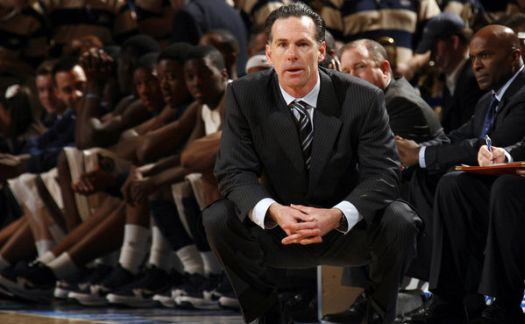Six Injuries Affecting Pac-12 Teams
Posted by Andrew Murawa on October 28th, 2015Here we are, counting down the final few weeks until the start of the college basketball regular season. Everything’s great. We get to read about new players making their marks, possible breakout players and teams, and we get to dream of the season that is about to unfold before us. And then, in the middle of it all, we get bummed out with news like that which broke over the weekend: Arizona freshman Ray Smith, recently off a torn ACL in his left knee that caused him to miss his senior season of high school, has now torn the ACL in his right knee and will miss the entire upcoming season. Horrible, terrible, stupid no-good, **expletive deleted**. Unfortunately, these things are a part of the game and they’ll have an impact on the year ahead of us. Below we’ll review six injuries to Pac-12 players that occurred during the offseason, and later today we’ll take a look at five players who will (hopefully) return from an injury suffered last season.
Ray Smith, Arizona – We’ll start with Smith, who in all likelihood was going to start the season as a reserve. However, since he was playing a position of scarcity on the Arizona roster, he had the potential to work his way into the starting lineup as an athletic defender at the three with excellent open court abilities. Now, after successfully rehabilitating his left knee for the past year, he’s got to do it all over again with the right leg. Best wishes go out to Smith in the hopes that he’ll be back in time to have an impact on the 2016-17 season.

Xavier Johnson’s Achilles Injury Will Likely Cost Him The 2015-16 Season (Jeremy Papasso, Daily Camera)
Xavier Johnson, Colorado – Johnson tore his Achilles in June. With that kind of injury, you typically just figure: “Okay, he’s out for the year.” But in September Jon Rothstein reported that Johnson has not yet been entirely ruled out and that the program would re-assess his condition in December. After playing at least 24 minutes per game and averaging 10.2 PPG and 5.3 RPG over his first three seasons in Boulder, Johnson is as big piece to the puzzle for the Buffaloes, especially if paired alongside fellow senior Josh Scott in the frontcourt. More likely, however, a redshirt season is the likely outcome for Big X this year. As a result, sophomore George King (himself coming off a redshirt season, although for player development rather than from an injury) is the most likely candidate to spend time at the three for the Buffs.
















































